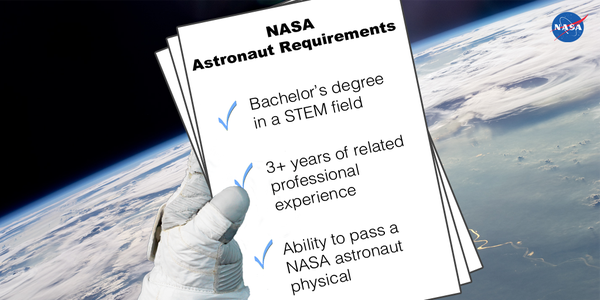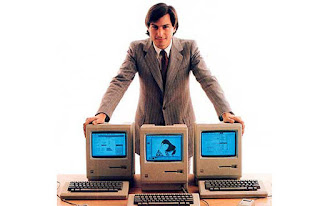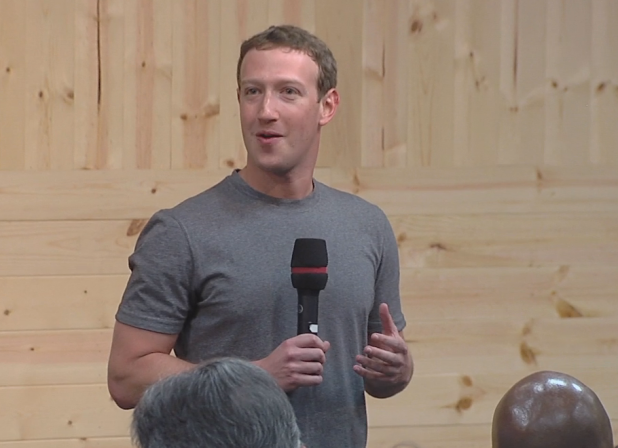Before we talk about how to get your business story into Google news,
we ought to talk about why. It is obvious, of course, that you want
your business story in the news.
But why Google news in particular?
Well, first, if your business has been attempting to increase its
exposure in organic Google web search or even Google shopping, a few
more simple steps can increase how much publicity you’ll receive, in an
area where your competitors can’t easily follow you.
Since you’re already creating written articles, you might as well get
more than one benefit from them. You can create once, and profit in
several ways.
Google News is a reliable, repeatable source of visitors, and they
will usually arrive faster, while you wait for things like Google
organic search results to kick in.
Second, reading news is one of the leading reasons why people log on
to the internet each day. 85% of Americans over the age of 18 use the
web, according to Pew Internet Research. 78% of those web users have
arrived here to read news.
We used to read the newspaper. Now we scan news websites, headlines
we find on Twitter or Facebook, and subscribe via email to industry
news.
Since the main reason the majority of people come online is to use
search engines like Google, you may be tempted to simply target Google
organic search and be done with it.
However, consider this: if you can find places to get more customer
eyes on your message – usually much faster than your desired keyword
ranking – wouldn’t the extra sales and leads be worth your while?
How Does Your Business Story End Up in Google News Results?
There are three great methods. The first method, is by having a press
release accepted to one of the 50,000 publishers sharing the 6 billion
monthly clicks which Google News reserves exclusively for them. (That
doesn’t include additional organic search traffic.)
For a small fee, there are many press release distribution services
that will do this for you, for anywhere from $25 to $200 each time. You
can also often find smaller publications that accept free or low cost
press releases.
If you wanted to do this every day, it could add up to quite a bit of
money. However, this isn’t a bad technique to test the market and
repeat, say, once a week.
There’s an easier, faster way.
My favorite way to get published in Google News is having my article
accepted by a publication that is already in Google News. They are
commonly referred to as Google News publishers.
You don’t have to be a marketing genius to understand the benefits of
being published in a prominent publication with a byline that points
back to your site, versus the amount of money you’d have to spend in
advertising to get that same level of exposure.
It’s a little more difficult to get into Google News this way because
you may need to be approved by an editorial staff in order to be
published. Those publications may ask for exclusive first-time rights to
your article or original content. If you’re not a writer, or aren’t
employing someone full time to write original content, that can be a
hurdle.
Acceptance is also not guaranteed. You can see this as a
disadvantage, or embrace the fact that it will make it harder for
competitors to mimic your marketing and steal your thunder.
You might be thinking “but who wants to read a story about my timeshare company or pet furniture manufacturer.”
And you’d be right – they don’t. It’s critical for this method for
you to find out what the people you want to end up at your site want to
read, and write for them in the area that is related to your product or
service.
This can work for any industry – Google News publisher sites focus on
everything from business travel to pet health. And if your niche is so
small that you can’t quite nail it, there are many publications that are
publishing about your local area. To overcome this, you’d simply
localize your story – remember, these articles can still come up in web
or news searches with your keyword.
Failing that, there’s a third method.
It can take many tries and cost quite a bit of money. But there’s a
third way into Google News that, if you succeed, can bring you benefits
for years to come. Simply create a news site yourself, and get it
accepted into Google News.
Brand journalism is a growing trend. Why not get ahead of the trend and become the media yourself?
If that doesn’t convince you, what about a share of the 6 billion+
clicks set aside for Google news publishers? Each site probably doesn’t
get equal exposure. But the possibility of 40,000 to 120,000 extra
visitors a month is reason enough to make the attempt if you meet all
the other criteria.
The Google News publisher guidelines are strict and sites are often
rejected, which makes this a plan for the long term. So run the numbers
for your business and see if the return would be worth it.
In the meantime, attempt the other methods. They can help you get
into Google’s news database, often quicker than you can get results from
search engine optimization of your own site.
Even under the circumstances where the risk and expense may be a bit higher, so are the rewards and profit potential.

 Mozilla believes in the open source philosophy and is very different from how bills are paid at Chrome, Opera and Microsoft’s offices. The Firefox community works hard to make a web that is more open.
Mozilla believes in the open source philosophy and is very different from how bills are paid at Chrome, Opera and Microsoft’s offices. The Firefox community works hard to make a web that is more open.
 Mozilla believes in the open source philosophy and is very different from how bills are paid at Chrome, Opera and Microsoft’s offices. The Firefox community works hard to make a web that is more open.
Mozilla believes in the open source philosophy and is very different from how bills are paid at Chrome, Opera and Microsoft’s offices. The Firefox community works hard to make a web that is more open.















































































